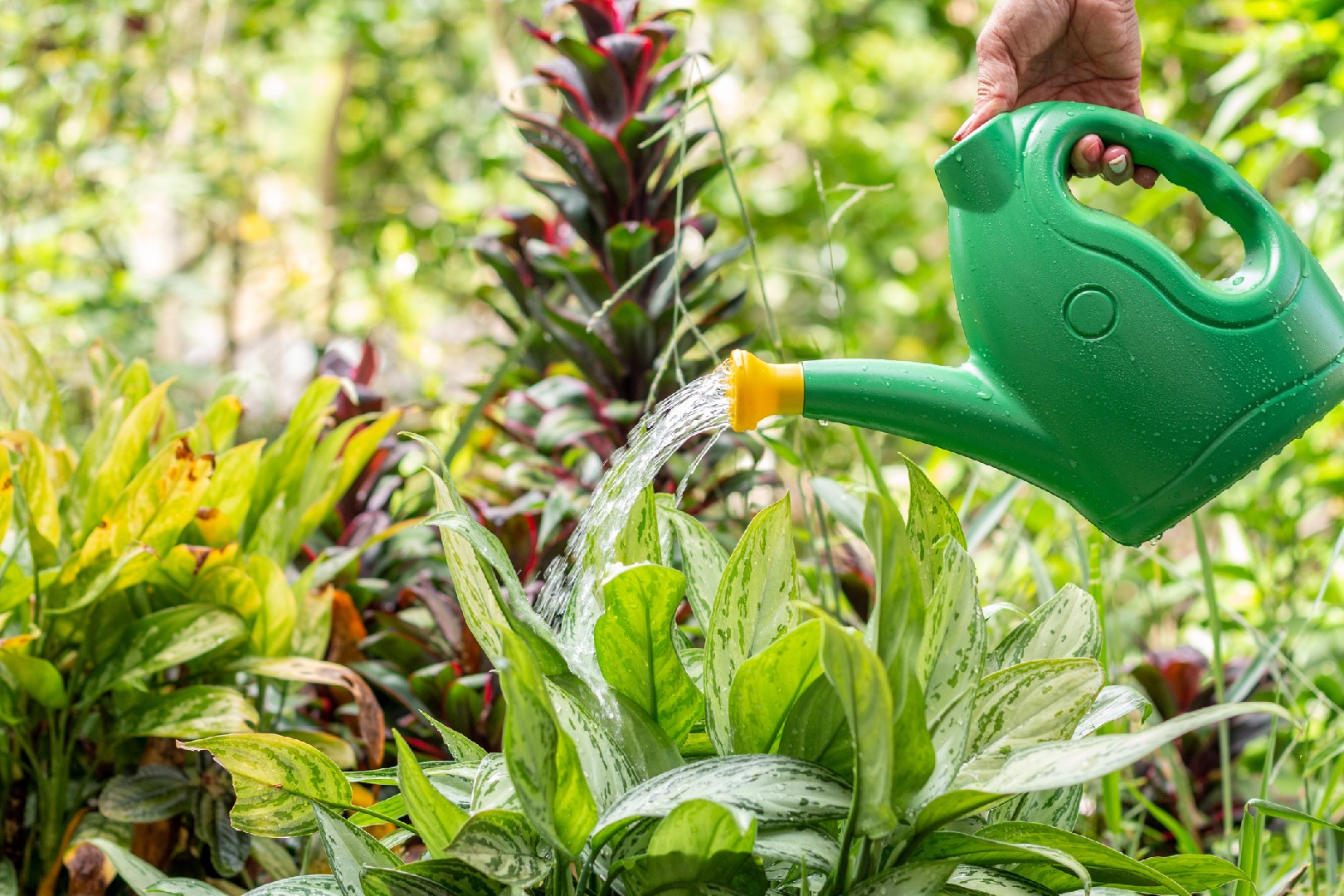![Rectangle]()
Understanding Drip Irrigation: An Overview
Drip irrigation is a method of watering plants that involves delivering water directly to the root system in a slow and steady manner. This technique has gained popularity among gardeners and farmers due to its numerous benefits, including water conservation, improved plant health, and cost efficiency.
One of the most significant advantages of drip irrigation is its ability to conserve water. Traditional watering methods, such as sprinklers or hand watering, can result in significant water loss through evaporation and run-off. However, drip irrigation delivers water directly to the roots, minimizing waste. By providing water where it is needed most, drip irrigation ensures that plants receive the necessary moisture without overwatering.
In addition to conserving water, drip irrigation promotes healthier plants. By delivering water directly to the roots, this method prevents foliage from getting wet. Wet foliage can lead to the growth of fungi and diseases. Drip irrigation also reduces weed growth since only the area around the plants receives water, minimizing moisture in weed-prone areas. Moreover, consistent moisture levels provided by drip irrigation help prevent stress and improve overall plant health.
Compared to other watering techniques, drip irrigation is a cost-effective option. While the initial set-up may require an investment, the long-term savings make it worthwhile. Drip irrigation systems are designed to be efficient, minimizing water and energy usage. Additionally, the precision of drip irrigation prevents overwatering, which can save money on water bills and reduce fertilizer leaching.
To get started with drip irrigation, there are a few key components that you will need. First, you'll need a water source, such as a garden hose or water tank, with a pressure regulator to ensure a steady flow. Next, you'll need a main supply line, typically made of PVC or polyethylene tubing, to distribute water to different areas of your garden. From the main supply line, you'll connect smaller "drip lines" or tubing that have emitters attached to deliver water to individual plants.
When installing the drip lines, it's important to consider the spacing between plants and the water requirements of each. Different plants have varying water needs, so adjust the emitter spacing and water flow accordingly. Additionally, you may want to install a filter to prevent clogging of the emitters. Regular maintenance, such as flushing the system and checking for leaks, will ensure optimal performance.
By implementing drip irrigation in your garden or farm, you can save water, support plant health, and save money in the long run. With the right setup and maintenance, drip irrigation can be an efficient and practical way to water your plants. So why not give it a try and experience the benefits for yourself?





